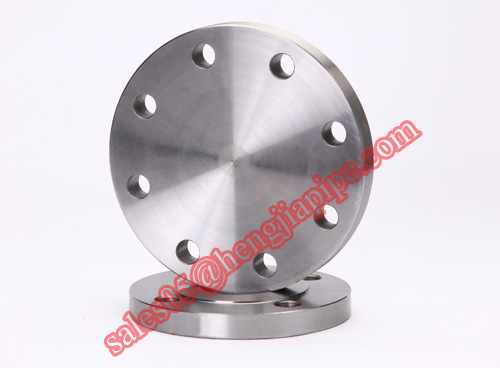Under natural conditions, heavy metals in groundwater mainly come from mother rocks and residual biological materials, and the content is relatively low in general and will not cause harm to humans and ecosystems. With the rapid development of industry and the dramatic increase of human activities, heavy discharges of heavy metals such as Cr, Cd, Ni, Pb, Hg and other heavy metal wastes produced in the mining, mineral processing, metallurgy, electroplating, chemical, leather, paper and electronic industries And major environmental pollution incidents, not only caused serious pollution of surface water, but also make a lot of heavy metal accumulation in the soil, the accumulation of heavy metals in the soil by leaching into the groundwater body, thus causing harm to humans, while causing Irreversible groundwater heavy metal pollution.
At present, there are mainly two ways to control heavy metals in groundwater: one is to change the existing forms of heavy metals in groundwater and soil, make them fixed, reduce their environmental mobility and bioavailability; the other is from groundwater And soil to remove heavy metals. Current treatment technologies have their own limitations: high technical costs and poor treatment effects; natural purification of heavy metals by microorganisms is slow and limited by the type of pollution; chemical repair may produce more toxic by-products.
Here are some groundwater heavy metal repair technology:
In situ electrochemical kinetic repair technology: the use of electrodialysis, electromigration and electrophoresis so that the soil pore water and charged ions or particles migration occurs, is generally used for groundwater, soil in situ repair. The method can effectively remove heavy metal ions in groundwater and soil, directly remove organic matter, and the probability of pollutants leaking outside the treatment area is small.
Membrane chromatography is a new technology combining liquid chromatography and membrane separation. A new type of chromatographic medium is prepared by connecting functional groups with specificity and selectivity to the target molecule to the membrane surface and pore wall. , Known as the membrane chromatography medium, this separation technique known as membrane chromatography technology. Membrane adsorbent combines the advantages of both membrane technology and chromatography technology, with fast, efficient, high selectivity, easy to enlarge and so on.
Blind flange
The blind flange is also called the blind plate or flange cover,which is a flange without the holes in the middle of blind flange for sealing the plug of the pipe.There are many types of sealing faces,including flat face,raised face,ring type joint .
Production Size:DN10-DN1200mm
Pressure range:PN0.1,PN2.5,PN10,PN16,PN25,PN40,PN64,PN100
Production Standard:BS,JIS,GOST,ANSI,DIN,GB
Main Material of parts:
A105,20#,Q235,16Mn,A350 LF1,LF2,CL1/CL2,LF3 CL1/CL2,A694 F42,F46,F48,F50,F52,F56,F60,F65,F70;A182 F304,304L,F316,F316L,321,18-8,A182F1,F5a,F9,F11,F12,F22,F91,A182 F12,F11,16MnR
The blind flange is used to insulate or cut off the medium of the pipe,the function of blind flange is the same the head cap and the role.because of the good sealing performance,The system that need completely isolate mostly use the blind flange.

Forged Blind Flange,Blind Flange,A105 Blind Flange,Blind Flange 12Inch
CANGZHOU HENGJIA PIPELINE CO.,LTD , https://www.hj-pipeline.com